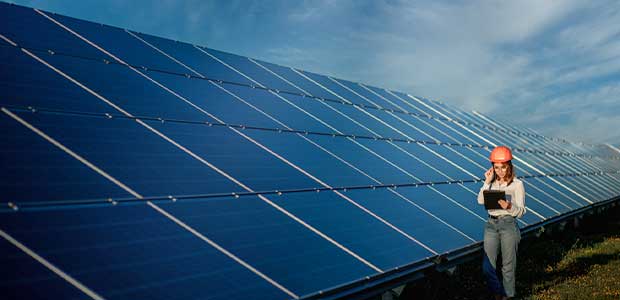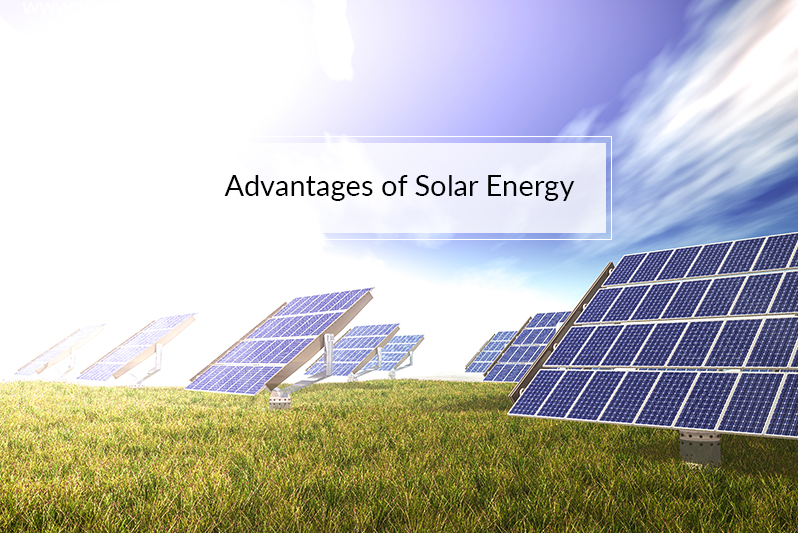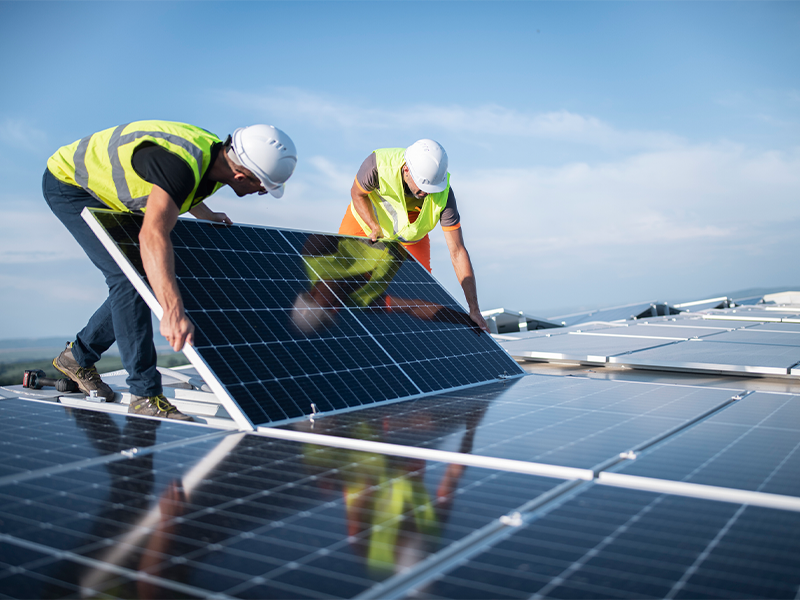Solar Power 101: A Beginner's Overview to Sustainable Energy Solutions
As the world increasingly changes in the direction of sustainable power options, comprehending the fundamentals of solar energy ends up being vital for both individuals and organizations. This overview offers an extensive overview of solar power, outlining the various systems available and the devices behind their procedure. By checking out the advantages of solar modern technology, together with the financial motivations and installation procedures, one can get a clearer perspective on just how to successfully integrate this renewable resource into their energy method. However, the trip towards embracing solar power invites more evaluation of the obstacles and considerations that include it.
Understanding Solar Energy
At its core, understanding solar energy involves understanding the essential concepts of just how sunshine can be transformed right into useful electrical power. Solar power is derived from the sun's radiation, which can be taken advantage of through numerous technologies.

Comprehending solar power likewise includes acknowledging its environmental benefits. By using sunlight, we can reduce greenhouse gas emissions and decrease air pollution, adding to a more lasting future. The innovations in innovation and effectiveness of solar systems continue to enhance their practicality, making solar power an increasingly eye-catching alternative for worldwide energy needs.
Kinds Of Solar Power Equipments
Different sorts of solar energy systems are typically used to harness solar power for electrical power generation. The primary groups include photovoltaic (PV) systems, focusing solar power (CSP) systems, and solar thermal systems.
Photovoltaic or pv systems use photovoltaic panels made up of silicon cells that transform sunshine directly right into power. These systems are functional and can be set up on rooftops, ground places, or incorporated right into building products.
Focusing Solar energy systems, on the other hand, use mirrors or lenses to concentrate sunshine onto a little area, producing warm that drives a vapor turbine to create electricity - Simply Solar Illinois. CSP systems are typically deployed in massive nuclear power plant and require straight sunlight, making them less appropriate for over cast regions

Each sort of solar energy system has its special characteristics, applications, and viability depending upon geographic area, power requirements, and budget plan, making it important to assess choices based upon certain scenarios. - Simply Solar Illinois

Benefits of Solar Energy
Harnessing solar power via various systems not only offers a sustainable way to generate electricity but additionally supplies a wide variety of benefits. One of one of the most substantial benefits is the reduction in greenhouse gas emissions, adding to a cleaner atmosphere and combating climate change. Solar power is sustainable, implying it is inexhaustible and available as additional info long as the sunlight radiates, unlike nonrenewable fuel sources, which are limited and depleting.
Furthermore, solar energy can bring about considerable cost financial savings gradually. Property owners and businesses can lower their power expenses considerably, and in most cases, they may gain credit ratings for excess power created through web metering. Additionally, the solar market creates work, from manufacturing to installment, promoting neighborhood economic climates.
Another engaging benefit is energy freedom. By producing their very own electrical energy, individuals and neighborhoods can reduce dependence on outside power sources, boosting durability versus fluctuating energy rates and supply disruptions. Moreover, solar energy systems need marginal upkeep, making them a practical alternative for lasting energy generation.
Setup Refine Review
The installation procedure for solar power systems generally includes numerous vital steps that guarantee efficient assimilation right into a residential review property. Originally, a comprehensive site assessment is carried out to examine the roofing's orientation, shielding, and structural stability, which are crucial to optimizing photovoltaic panel efficiency. Following this evaluation, the style phase begins, where a tailored solar energy system is configured based upon the homeowner's power demands and choices.
When the style is completed, the required permits and authorizations are gotten from neighborhood authorities, making sure conformity with guidelines. The actual installation includes mounting the solar panels on the roof covering or ground, attaching them to an inverter, and incorporating the system with the residential or commercial property's electrical arrangement. This stage may also involve mounting battery storage space systems, relying on the layout.
With the setup total, the solar find more info power system can begin creating renewable power, contributing to sustainability and minimizing energy expenses. This organized approach makes sure that solar systems are both reliable and reputable, optimizing their long-term benefits.
Financial Motivations and Savings
Checking out the economic motivations and savings connected with solar power systems can substantially boost the appeal of making the switch to eco-friendly power. Different motivations exist at federal, state, and regional degrees, made to decrease the first costs related to solar installment. One of the most notable motivations is the federal solar tax credit rating, which enables home owners to deduct a percentage of their solar system setup expenses from their federal taxes. As of 2023, this debt stands at 30%, providing substantial savings.
Along with tax credit scores, numerous states provide refunds that can even more reduce ahead of time expenses. Some utility companies also supply performance-based rewards, satisfying solar power manufacturing gradually. Financing options, such as solar car loans and leases, enable consumers to set up systems with little to no deposit, making solar power more available.

Long-lasting savings are an additional crucial variable. By creating their own power, home owners can significantly decrease and even eliminate their regular monthly energy expenses. Furthermore, solar systems can boost residential property worths, providing a solid roi. On the whole, the combination of rewards and cost savings makes solar power a financially attractive choice for lots of houses.
Final Thought
In verdict, solar power stands for an essential element of sustainable energy remedies, giving a path toward reduced carbon impacts and improved ecological security. Eventually, the transition to solar power not just promotes ecological responsibility but additionally advertises economic financial savings and energy independence.